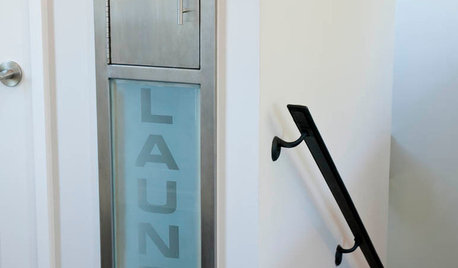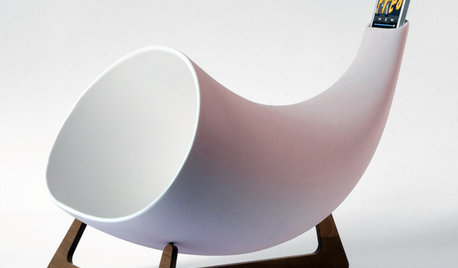I hate Alfalfa
chickencoupe
9 years ago
Related Stories

DECORATING GUIDESChartreuse: Love It or Hate It?
Try a Sip of Yellow-Green With Blue, Chocolate, Hot Pink, Eggplant and Teal
Full Story
GREAT HOME PROJECTSHate Hauling Laundry? Give Dirty Clothes the Chute
New project for a new year: Install a quick route to the laundry room
Full Story
GARDENING GUIDES8 Plants That Snobs Love to Hate — and You'll Love to Grow
Don't dismiss these common annuals, perennials and shrubs — there are reasons they've been popular for so long
Full Story
FURNITUREWhy It's OK to Hate Your New Custom Sofa
It takes time to get used to bold new furniture, but dry your tears — the shock can be good for you. Here's what to expect
Full Story
LIFEYou Said It: ‘The Wrong Sink Can Make You Hate Your Kitchen’
Design advice, inspiration and observations that struck a chord this week
Full Story
SHOP HOUZZShop Houzz: Love It or Hate It? Controversial Home Decor
Take your pick of taxidermy, antlers, faux plants, cowhides and reproductions of famous art
Full Story
LIFEYou Said It: ‘Just Because I’m Tiny Doesn’t Mean I Don’t Go Big’
Changing things up with space, color and paint dominated the design conversations this week
Full Story
DECORATING GUIDESThe Dumbest Decorating Decisions I’ve Ever Made
Caution: Do not try these at home
Full Story
WINTER GARDENING6 Reasons I’m Not Looking Forward to Spring
Not kicking up your heels anticipating rushes of spring color and garden catalogs? You’re not alone
Full Story
HOME TECH6 Sound Solutions for the iPhone Home
Listen up: An iPhone and one of these stylish audio systems let your music look as good as it sounds
Full StoryMore Discussions







Okiedawn OK Zone 7
chickencoupeOriginal Author
Related Professionals
Derry Landscape Architects & Landscape Designers · Ashburn Landscape Architects & Landscape Designers · Milwaukee Landscape Architects & Landscape Designers · Wakefield Landscape Contractors · East Chicago Landscape Contractors · Euclid Landscape Contractors · Fair Lawn Landscape Contractors · Hampton Bays Landscape Contractors · Leicester Landscape Contractors · Oak Harbor Landscape Contractors · Weslaco Landscape Contractors · Batavia Decks, Patios & Outdoor Enclosures · Fort Pierce Decks, Patios & Outdoor Enclosures · Mitchellville Decks, Patios & Outdoor Enclosures · Woodstock Decks, Patios & Outdoor EnclosuresOkiedawn OK Zone 7
chickencoupeOriginal Author